How to deal with your negative inner critic
Did you know that we have between 50,000 to 70,000 thoughts a day, and around 80% of those are negative?. Wow! No wonder we all struggle to deal with that negative voice that chips in every now and again into our thoughts to let us know we’re not good enough or we can’t do something.
Maybe you have a name for yours… maybe it’s a chimp, monkey, great big purple hairy monster or maybe you have no idea what I’m going on about! Naming your negative inner critic is the first step to being able to deal with it - I promise!
If we think something is possible, we are more likely to achieve it. If we think it’s impossible, we won’t even bother trying. So when our negative critic comes in to play achieving the impossible can seem just that, impossible. Self-sabotage and negative mindset can be the downfall of the best of us.
We can’t have 100% perfect positive days every day, but we can hope that we will have them and then approach each day with a positive mindset. As well as your mind affecting your thinking, your thinking also directly influences your blood pressure, muscle tension, temperature, breathing rate and the dreaded sweaty palms. Your body reacts to negative self-talk and sees it as an element of stress so we want to reduce that negativity to boost your health as well as your business performance and happiness.
Positive thoughts flood the brain with endorphins, which help you relax and feel centered. It pays to remember that you are ultimately in control of your thoughts – because you are the source of them. Do you have common things that you find yourself saying in your head or out-loud that you know are negative? Do you have any negative thoughts that are said to you by family or friends?
How to deal with your negative inner critic
You can learn to consciously choose to replace your negative thoughts with positive ones. I use a tool call the ACT model; A is for Awareness – have awareness of those negative thoughts. C is for Choice – choosing not to act on your negative thoughts or to change our language, T is for Trust – trusting that it is the right thing to do. Every time you catch yourself thinking a negative thought, what code word can you have to stop yourself either saying out loud or in your head? Use it to changer the pattern and consciously shift to a positive thought instead – or play your favourite song to change the negative soundtrack in your head.
So how do you deal with this inner critic? I wasn’t joking earlier about naming it and calling it out – As I said, having awareness that it is happening is key, notice this negativity. Then you need to separate the negative critic from you and name it. You’re not born with an inner critic, this voice is internalized based on outside influences and learnings as you move through life. You need to separate it out – I like to visualize mine as a big, purple, hairy monster, by naming it you are separating it from yourself. Once you’ve separated it from yourself, you need to talk back to it – I once heard this on a podcast, where the guest calls out her inner critic by talking back to it. “Oh Hi there, it’s you again. I didn’t think I’d see you for a while. I don’t have time to have a cup of tea with you right now – if you don’t mind moving on, there’s no space for you here” – you are then taking control of the situation.
Grow your inner voice – start noticing all the good things that happen to you and have gratitude for these positive things. I’ve talked about how gratitude journals can help to boost positive mindset before. By focusing on the positive, it boosts our moods, it maintains a feeling of calm and the more that you focus on this and give less time to the negative inner critic, the less time it will hang around.
Change your language – do you say “I am” or do you say “I should”. We use “I am” at the start of affirmations as this sentence usually ends on a positive note. If you use “I should” then there is an expectation and a pressure for how you ‘should’ be acting or what you ‘should’ be doing. Try changing that with ‘I could’ to give you options or even more positively, ‘I am choosing’ as it is your choice to act in this way. Your language can have such an impact on the way you think.
Now is the time to be your own best friend. We are mean to ourselves on a daily basis and we are often our own worst critic. We need to address that and stop the negative self-talk.
Here’s three easy steps to do that.
1) Release it – let out that negative thought. Don’t dwell on it. Give yourself a 5 minute pity party and move on. Literally set you timer on your phone for 5 minutes, have a good cry, dance it out, scream and shout a little – get that negative thought or story out of your head
2) Track it – identify when you have these negative thoughts. Are they always at the same time of day? Is it always the same place or the same person who prompts them? Having this awareness allows you to reframe it
3) Reframe it - consider what your best friend would say to you in this situation? Then tell yourself exactly that. Reframe the conversation that is going on in your head.

